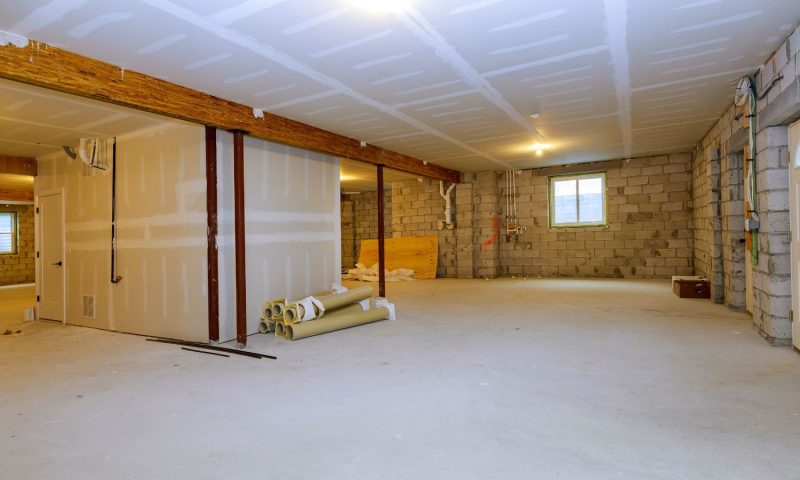The basement can be one of the most problematic areas in a home. Learn about some of the most common basement issues and how to address them.
Your basement holds untold potential as a space for storage, living, or play. It might also be where some of the most common issues in your home manifest. Whether it’s moisture sneaking in or your foundation giving way, understanding and addressing these problems is crucial to maintaining a healthy home. Here are the most common problems with basements, as well as tips for tackling them.
Moisture and Mold Issues
Moisture seeping into your basement can lead to a slew of problems, from unpleasant odors to the growth of dangerous mold. The lower levels of a house are naturally cooler, and without appropriate dehumidification, they can be a breeding ground for mold spores. Common signs of moisture issues include dampness, water stains and a musty smell.
To combat these issues, look at your gutters and downspouts to ensure they are properly directing rainwater away from your home’s foundation. Additionally, consider installing or maintaining a sump pump and dehumidifier. Waterproofing your basement is crucial, and there are several DIY methods available, such as sealing cracks with hydraulic cement. If the problem persists, consult a professional for a more extensive waterproofing solution.
Foundation Cracks
Your home’s foundation is arguably the most important structural component, and cracks can be a sign of underlying problems. Over time, factors like settling, shrinkage or soil expansion can lead to crack development. Identifying the type of crack—be it hairline or more severe—is the first step in assessing the issue.
Hairline cracks are common, mostly due to the natural settling of the house, and can often be patched with simple materials available at your local hardware store. However, larger, recurring or stair-stepped cracks may indicate a more serious issue, possibly requiring the intervention of a structural engineer and professional foundation repair services.
Insufficient Ventilation
Basements that are poorly ventilated can become musty and uncomfortable, and encourage the buildup of unhealthy airborne contaminants. To improve the air quality in your basement, consider strategies that increase air circulation, such as using fans or opening windows when possible.
Additionally, maintaining a proper HVAC system can help regulate the temperature and humidity levels. An air exchanger or dehumidifier can be beneficial in chronically damp basements. Regular cleaning and decluttering can also help prevent stagnant air and mold growth. Remember, a well-ventilated basement is a key element in maintaining a healthy and usable living space.
Poor Aesthetics
A utilitarian or unfinished basement can be a major turn-off, but upgrading the aesthetics of your basement can increase its function and appeal. A new floor can improve your basement’s look—polished concrete is a popular flooring option with many benefits, including the fact that it’s low-maintenance and resistant to moisture, and it retains heat well.
Covering the walls with a fresh coat of paint, or even going the extra mile with drywall and insulation to transform the space into a comfortable living area, can make a world of difference. And don’t forget about lighting—adding bright, adequate lighting can make a basement feel larger and more inviting.
The basement may be the lowest level of your home, but it shouldn’t be forgotten. With proper care and maintenance, you can overcome the most common problems with basements and transform yours into a functional and inviting living space.
